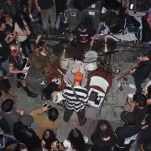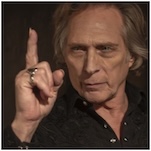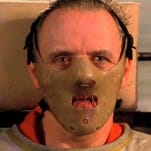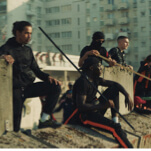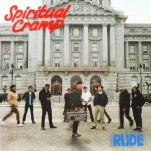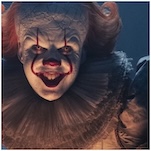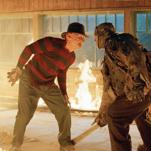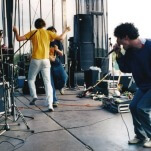The Shadow Hero by Gene Luen Yang and Sonny Liew
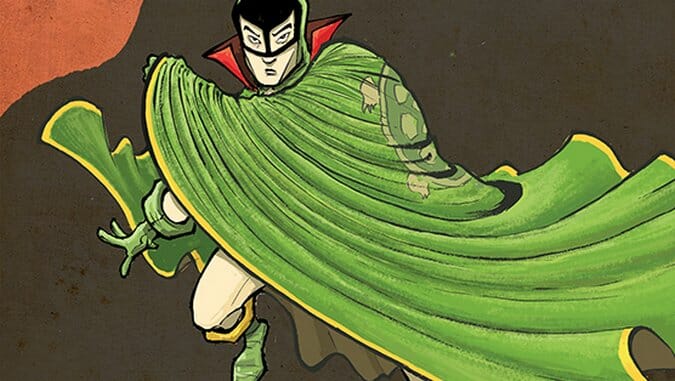
Writer: Gene Luen Yang
Artist: Sonny Liew
Publisher: First Second
Release Date: July 15, 2014
A reimagining of a forgotten 1940s superhero, The Shadow Hero is part of Gene Luen Yang’s larger project to bring concerns of Asian identity to the comics discussion table. From his break-out graphic novel American Born Chinese, an autobiographical work that focuses on the difficulties of assimilating into mainstream white American culture, to last year’s stellar Boxers & Saints, a two-volume work about the late 19th-century Boxer Rebellion in China, Yang has turned his eye to questions of what makes us who we are. Even slighter works, like 2011’s Level Up, about a young man torn between his love of video games and his parents’ goals for him to be a gastroenterologist, follow similar themes. Yes, The Shadow Hero is a reboot and an attempt for Yang to do something somewhat new, but it’s also very clearly part of a pattern.
-

-

-

-

-

-

-

-

-

-

-

-

-

-

-

-

-

-

-

-

-

-

-

-

-

-

-

-

-

-

-

-

-

-

-

-

-

-

-

-








